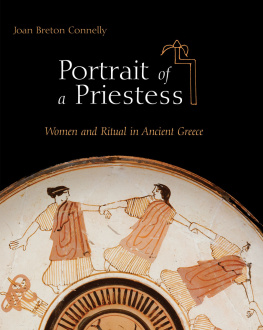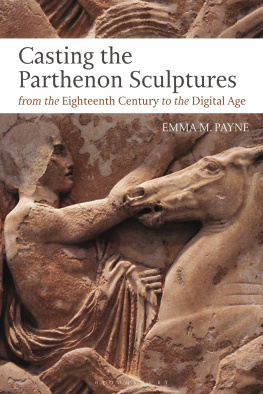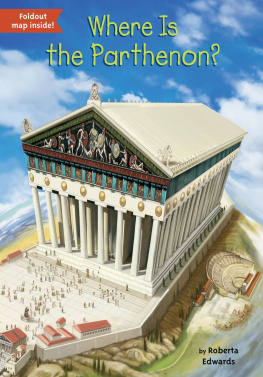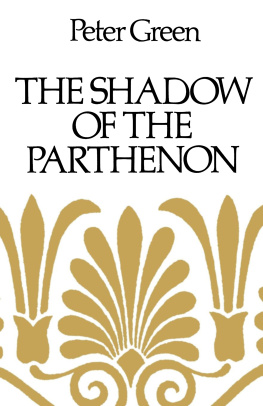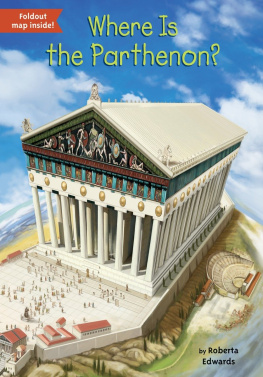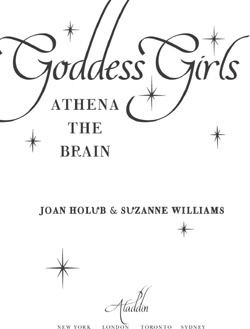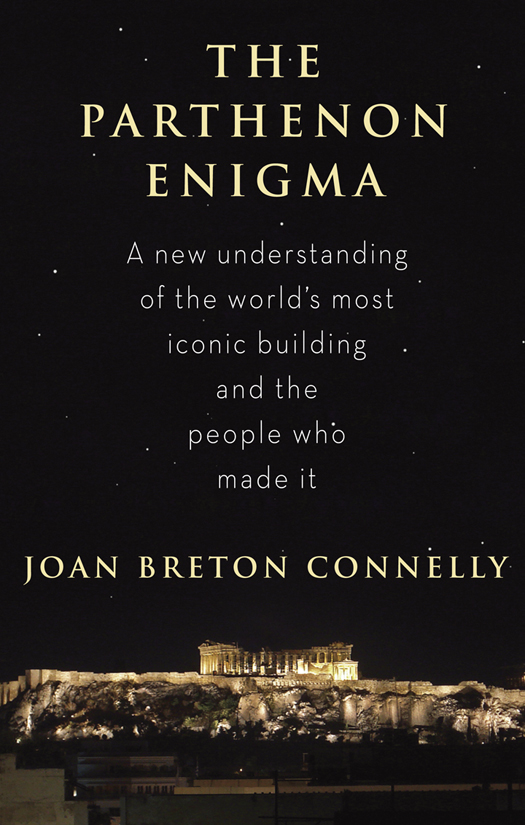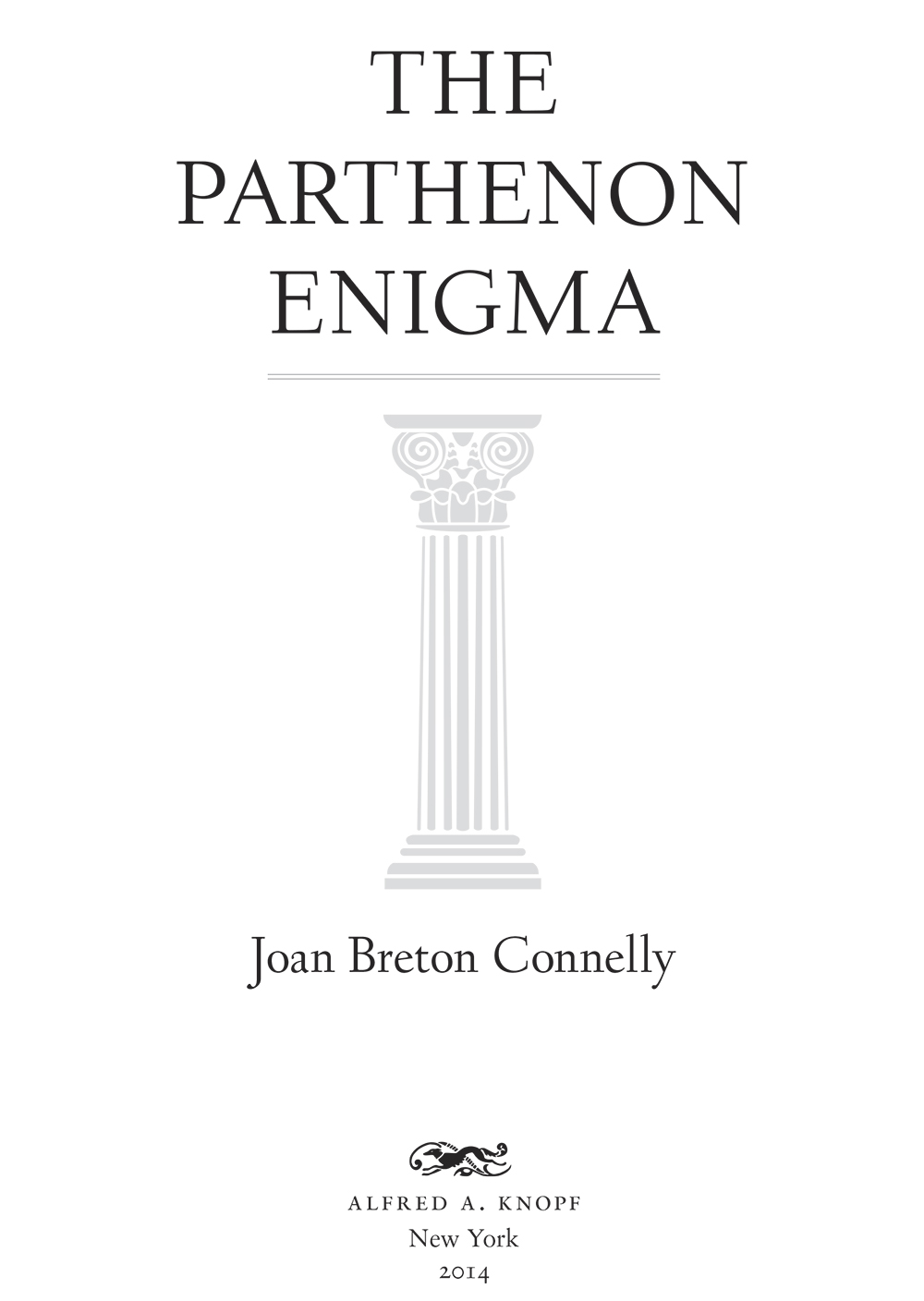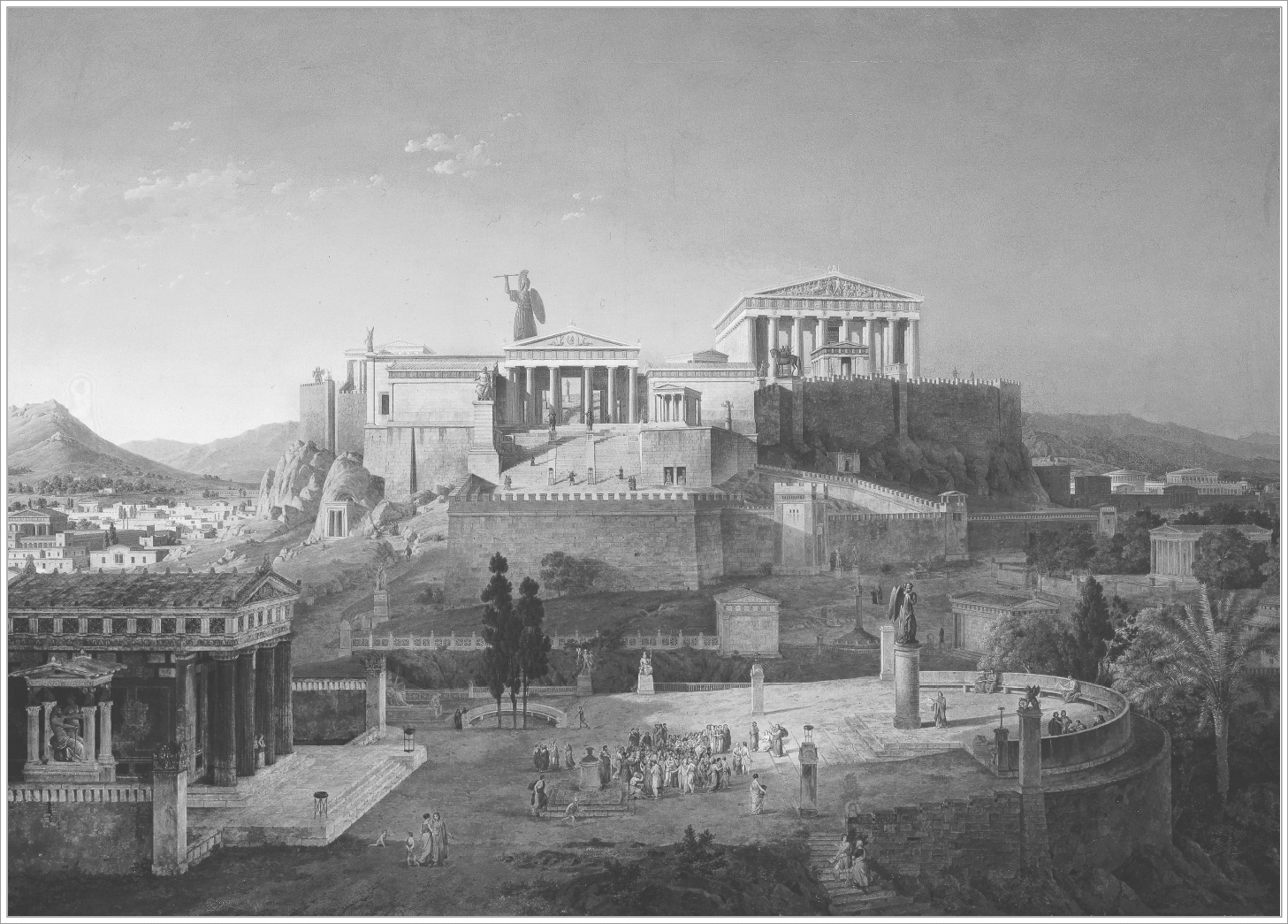Joan Breton Connelly - The Parthenon Enigma
Here you can read online Joan Breton Connelly - The Parthenon Enigma full text of the book (entire story) in english for free. Download pdf and epub, get meaning, cover and reviews about this ebook. year: 2014, publisher: Knopf, genre: Romance novel. Description of the work, (preface) as well as reviews are available. Best literature library LitArk.com created for fans of good reading and offers a wide selection of genres:
Romance novel
Science fiction
Adventure
Detective
Science
History
Home and family
Prose
Art
Politics
Computer
Non-fiction
Religion
Business
Children
Humor
Choose a favorite category and find really read worthwhile books. Enjoy immersion in the world of imagination, feel the emotions of the characters or learn something new for yourself, make an fascinating discovery.

- Book:The Parthenon Enigma
- Author:
- Publisher:Knopf
- Genre:
- Year:2014
- Rating:5 / 5
- Favourites:Add to favourites
- Your mark:
The Parthenon Enigma: summary, description and annotation
We offer to read an annotation, description, summary or preface (depends on what the author of the book "The Parthenon Enigma" wrote himself). If you haven't found the necessary information about the book — write in the comments, we will try to find it.
In this revolutionary book, Joan Breton Connelly challenges our most basic assumptions about the Parthenon and the ancient Athenians. Beginning with the natural environment and its rich mythic associations, she re-creates the development of the Acropolisthe Sacred Rock at the heart of the city-statefrom its prehistoric origins to its Periklean glory days as a constellation of temples among which the Parthenon stood supreme. In particular, she probes the Parthenons legendary frieze: the 525-foot-long relief sculpture that originally encircled the upper reaches before it was partially destroyed by Venetian cannon fire (in the seventeenth century) and most of what remained was shipped off to Britain (in the nineteenth century) among the Elgin marbles. The friezes vast enigmatic processiona dazzling pageant of cavalrymen and elders, musicians and maidenshas for more than two hundred years been thought to represent a scene of annual civic celebration in the birthplace of democracy. But thanks to a once-lost play by Euripides (the discovery of which, in the wrappings of a Hellenistic Egyptian mummy, is only one of this books intriguing adventures), Connelly has uncovered a long-buried meaning, a story of human sacrifice set during the citys mythic founding. In a society startlingly preoccupied with cult ritual, this story was at the core of what it meant to be Athenian. Connelly reveals a world that beggars our popular notions of Athens as a city of staid philosophers, rationalists, and rhetoricians, a world in which our modern secular conception of democracy would have been simply incomprehensible.
Joan Breton Connelly: author's other books
Who wrote The Parthenon Enigma? Find out the surname, the name of the author of the book and a list of all author's works by series.

